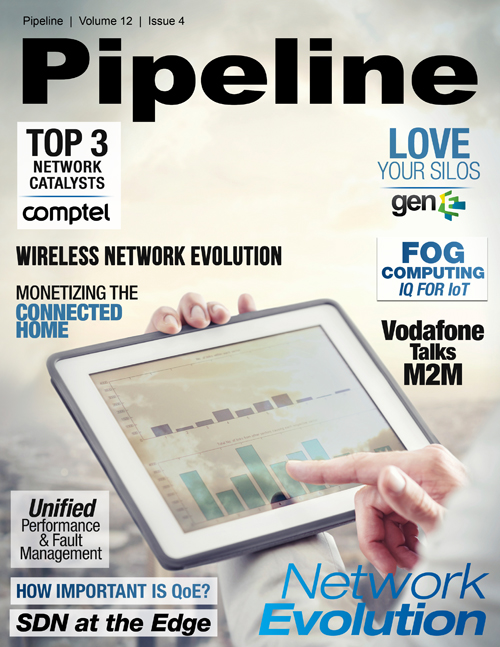3 Core Fundamentals Affecting the Network of 2020
At the same time, IoT’s emergence will rely heavily on hyper-connectivity, which is where 5G comes in. The IoT-enabled, location-aware, self-driving cars of 2020 will need constant Internet access across millions miles of road worldwide. Any latency in the network could be dangerous – no automaker can afford for its self-driving car to enter a mobile black spot in the middle of a busy highway.
Hyper-fast 5G will need to be available on every street corner to support the connected vehicle infrastructure, and operators will be leaned on to find creative, cost-effective and subtle ways to provide coverage. That could be through mesh networks or micro-sized 5G beacons embedded in public buildings, or even using the next generation of handheld devices to transmit and share 5G connectivity. Many other options are also being debated.
Ultimately, operators must solve this infrastructure challenge to create a sales opportunity, as IoT connectivity will be used to power the next generation of B2H services. Interestingly, as an increasing number of new and evolving businesses depend on strong, reliable connectivity, there is the idea that 5G investment may not only be down to the traditional operators. Joint investment with enterprises could also be on the table.
Together, NFV, IoT and 5G Will Drive Telcos Forward
Separately, each of these emerging technologies offers intriguing new B2H service opportunities, but each depends on the other’s development if our vision for the future of digital communications is to be realized.
That’s why operators must work together to push for the advancement of NFV, IoT and 5G to ensure that, by 2020, telco networks are able to transform the digital experience with the customer – whether enterprise or consumer – placed at the center.
Embracing the B2H approach will also require operators to rethink every aspect of customer engagement and service delivery. That could include eliminating restrictive service plans to make it easier for new mobile customers to buy and consume services, or embracing flexible pricing that allows enterprise and individual buyers to purchase only exactly what they need.
We’re in an age where buyers have the power; and, to be successful, operators must think creatively about how NFV, IoT and 5G can help them deliver exactly what customers want, when they want it.
Are we moving beyond a communications event horizon? As an industry, are we prepared to leave the old rules behind to think again, think across and think ahead?



















